One of the most advanced microgrids in North America can be found at Bubolz Nature Preserve in Northeast Wisconsin. Faith Technologies CEO Mike Jansen initiated the project at the preserve and launched a microgrid that incorporates as many as five distributed energy resources (DERs) into one power production facility. The microgrid serves as a research and development project as well as a learning lab for teaching the next generation about the cutting-edge energy technology that is available today. In addition, the microgrid provides clean energy to the nature center and the entire campus at no charge to the non-profit organization.
Due to their resilience, efficiency, and use of renewable resources, microgrid systems are one of the fastest growing methods of energy generation in the world. Using a localized group of energy resources, a microgrid can generate, manage, and store clean energy independently from the national electrical grid. A microgrid can be connected or disconnected (“islanded”) from the local utility grid. Although the use of renewable resources has grown rapidly over the past several years, the ability to store and manage that energy is causing the microgrid to be recognized as the energy system of the future.
Situated on more than 750 acres, the Bubolz Nature Preserve has been an educational resource for children, students, and community members since the early 1970s. Beginning in the 1980s, the preserve has experimented with sustainable energy sources, such as solar, wind, and geothermal. Recently, the non-profit built an 18,000-square-foot lodge where students and guests who visit the preserve can learn not only about plants and animals, but also about the breakthrough technologies that are helping to protect the earth’s natural resources for generations to come.
One of the first things that guests notice when they enter the property is the expansive solar field—made up of 676 individual photovoltaic panels—flanking the driveway. These solar panels could power between 25 and 30 average Wisconsin homes.
On the edge of the solar field and parking lot sits the immersion center, an avant garde control center and learning lab where all of the DERs are connected, monitored, and controlled. The immersion center houses an energy control center (ECC) microgrid controller and several monitoring and interface screens. A number of the major components of the immersion center are located in a shipping container, which demonstrates the ability to build a microgrid offsite in a manufacturing facility and deploy it to a customer site for interconnection. This process can save a considerable amount of power downtime for a facility or offer a solution in disaster-relief situations. The system can be built to accommodate all or a portion of the facility’s electrical demands and can connect to or disconnect from the national grid. It can also provide power back to the utility, if desired, through the use of Schneider Electric’s microgrid control system.
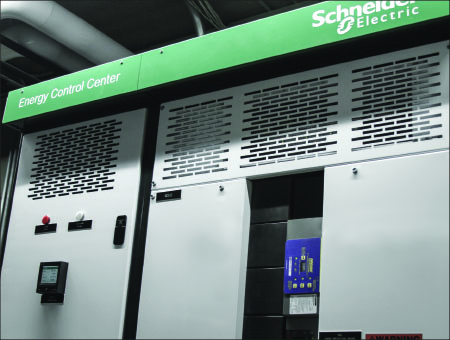
Energy Grid Specifics
The Bubolz microgrid features five DERs, which include a 200-kW solar field; a 65-kW Capstone microturbine combined heat and power system; a 60-kW Kohler natural gas prime-rated generator; a 100-kW/420-kWH Tesla battery; and a 25-kW Altergy fuel-cell system, which includes a Proton OnSite hydrogen generator (electrolyzer) and a 2,000-gallon hydrogen storage tank. The battery and fuel-cell system are two forms of energy storage technology that complete the microgrid.
The facility was designed to demonstrate various combinations of the DERs to showcase several microgrids in one. During normal operating conditions, all five DERs are managed by Schneider Electric’s EcoStruxure microgrid advisor. This cloud-based electronic tool can autonomously manage and configure the DERs to deliver the most cost-effective combination of energy resources—an important part of coordinating the five energy sources. Ever-changing weather, economics, and usage are some of the factors that contribute to the choice of energy sources to be used at any particular time. While this is happening, the system is also being monitored by Faith Technologies’ energy specialists from any given location.
One of the main benefits of the battery is its ability to simultaneously charge and discharge electricity. This can act as a bridge to optimize the efficiency of the entire system, peak shave, and reduce or cap demand charges. It can prevent a disturbance in the power load when switching from one resource to another.
During a utility power outage, the battery can act as a grid-forming device to allow the facility to continue operating and allow the other DERs (such as solar) to continue to produce power. The battery can be charged in as little as four hours and it can provide several hours to several days of standby power when the utility power is not available. This type of reliability and resiliency is essential for hospitals, data centers, and large manufacturing facilities.
Inside the immersion center, the electrolyzer uses excess electricity produced by the solar fields to separate water into hydrogen and oxygen. The hydrogen is stored in a 2,000-gallon tank where it is used for the fuel cells. This hydrogen-based fuel-cell system provides clean energy and can be used to supplement power when needed. The run time for the Bubolz fuel cell is approximately 7.9 hours at 25-kW output.
The capstone microturbine is located near the nature center building and is used to create electricity for the facility when solar power is unavailable. The waste heat from the microturbine is used to heat the facility through a closed-loop hot water heating system through radiant heaters. By recovering the waste heat, the microturbine efficiency can increase to more than 90 percent.
Finally, the 60-kW natural gas generator uses natural gas to power life-safety systems in the event of a failure elsewhere in the system.
The generator is used to offset utility usage when other natural resources, such as the sun, are not available.
Safety challenges
As the microgrid and distributed energy industries continue to grow, owners and installers are challenged with addressing the operation and safety impacts of these systems. New articles were created in the 2017 National Electrical Code regarding renewable energy, including Article 691: Large Scale Photovoltaic (PV) Electric Power Production Facility; Article 706: Energy Storage Systems; Article 710: Stand-Alone Systems; and Article 712: Direct Current Microgrids.
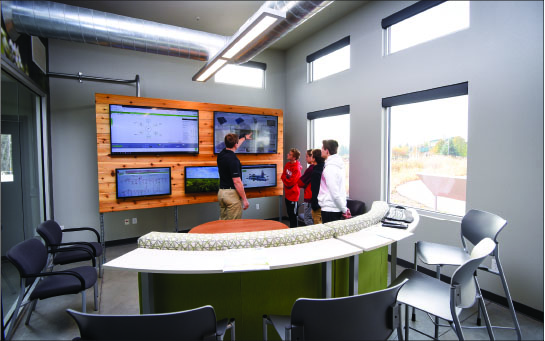
The ongoing evolution of distributed energy production and energy storage technologies will continue to shape the future of the electrical industry and development of safety standards. To stay on top of compliance and safety considerations, Faith Technologies has included several safety features and protocols at the Bubolz microgrid.
A detailed plan was developed to apply lockout and tagout (LOTO) when working on any of the distribution systems, made up of a LOTO lock kit, key box, proper PPE, and a site-specific LOTO plan. Before working on any of the equipment, a method of procedure is completed, detailing every step to ensure safe operation of the microgrid.
Each of the five DERs operates according to a set sequence of operations, transferring power automatically from one to another according to the mode configuration. The system has the ability to operate several (or all) DERs simultaneously, depending on the building demand, battery state of charge, and level in the hydrogen tank. The controller tracks the system status of all DERs and keeps a record of what is happening. The equipment can be shut down electronically and then locked out.
The intuitive technology used in Schneider’s Microgrid Advisor enables the interoperability of components through cohesive interfaces. This customization of components and controlled algorithms creates seamless operation without limiting potential functionality.
New and evolving codes and standards will continue to emerge as advanced microgrids demonstrate the greater quality, reliability, and resilience of a distributed energy grid.
Although most microgrids do not feature five or more DERs, the Bubolz microgrid’s complex configuration allows Faith Technologies and Schneider Electric to research and develop the most effective solutions for individual scenarios. As a result, the Bubolz microgrid will serve as an innovation center for microgrid development and renewable energy for years to come.





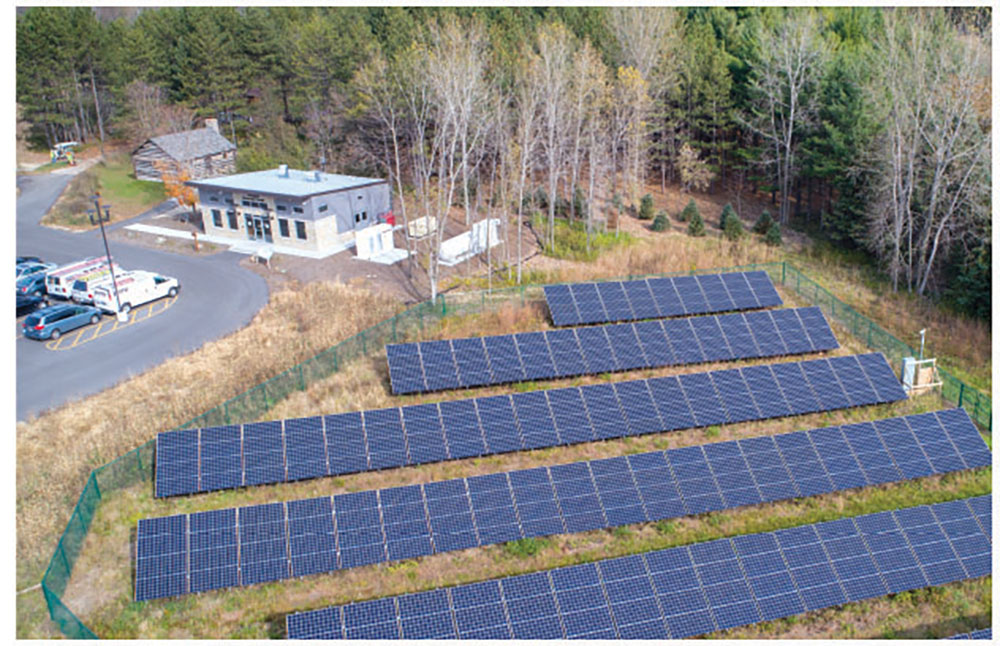






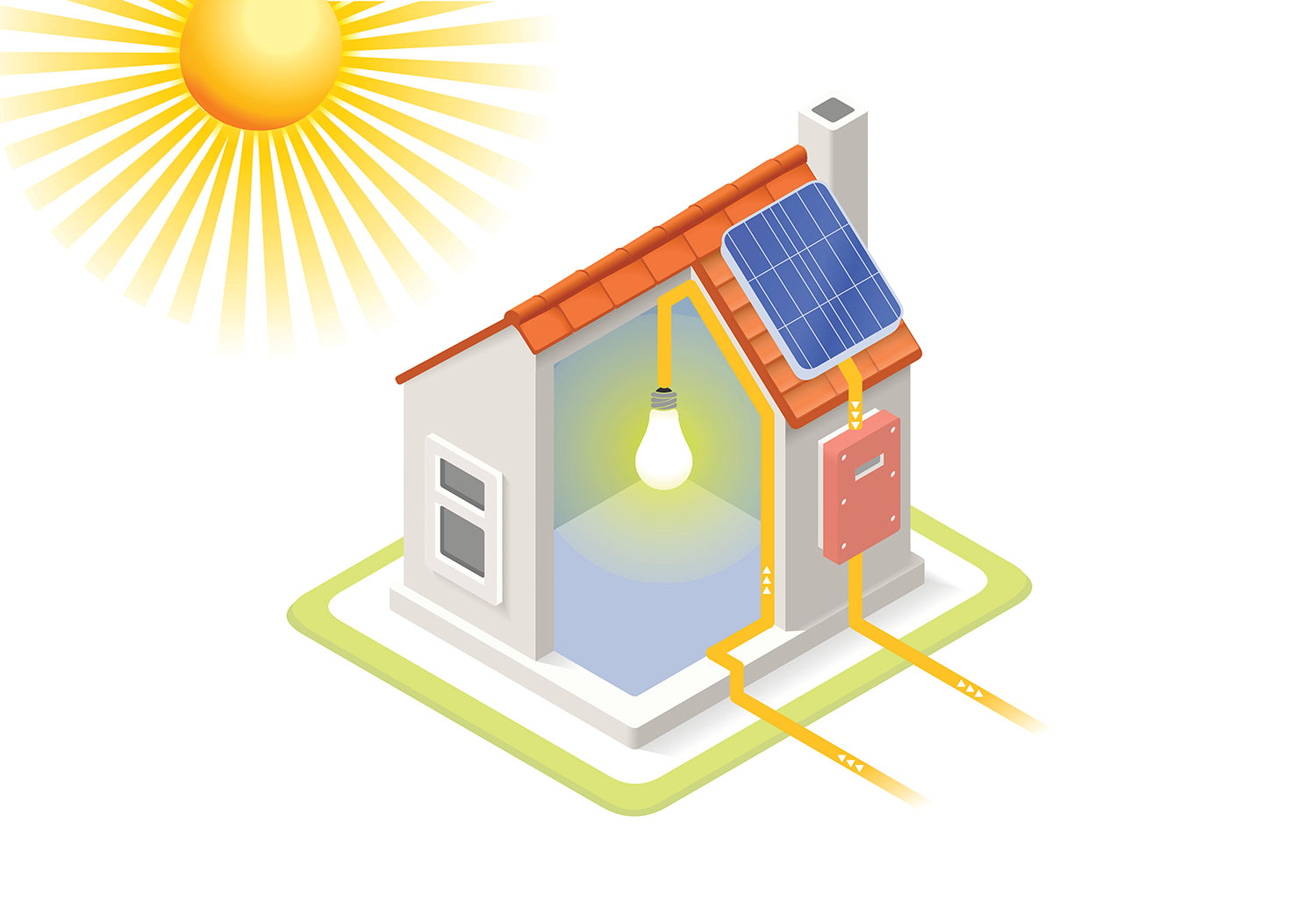
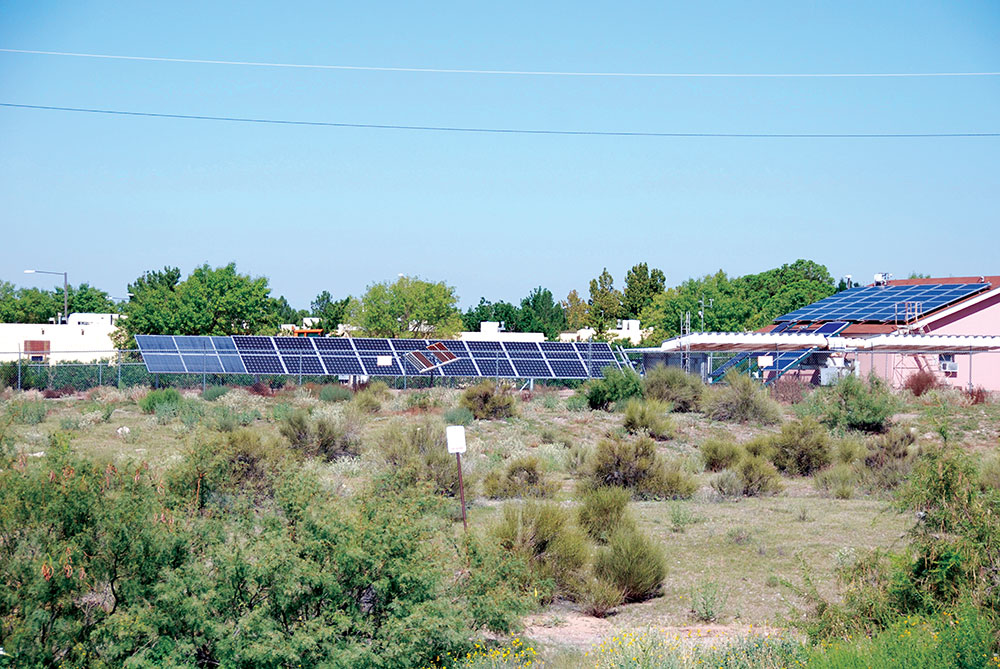
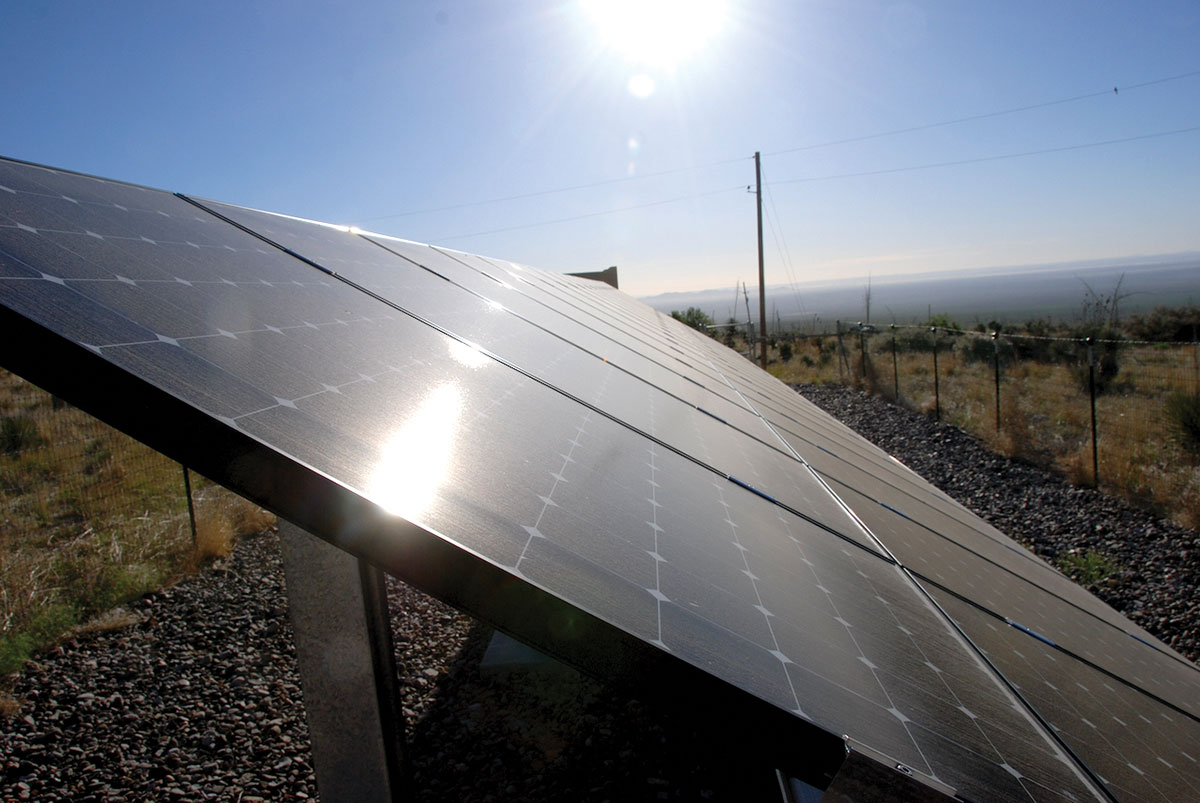
Find Us on Socials